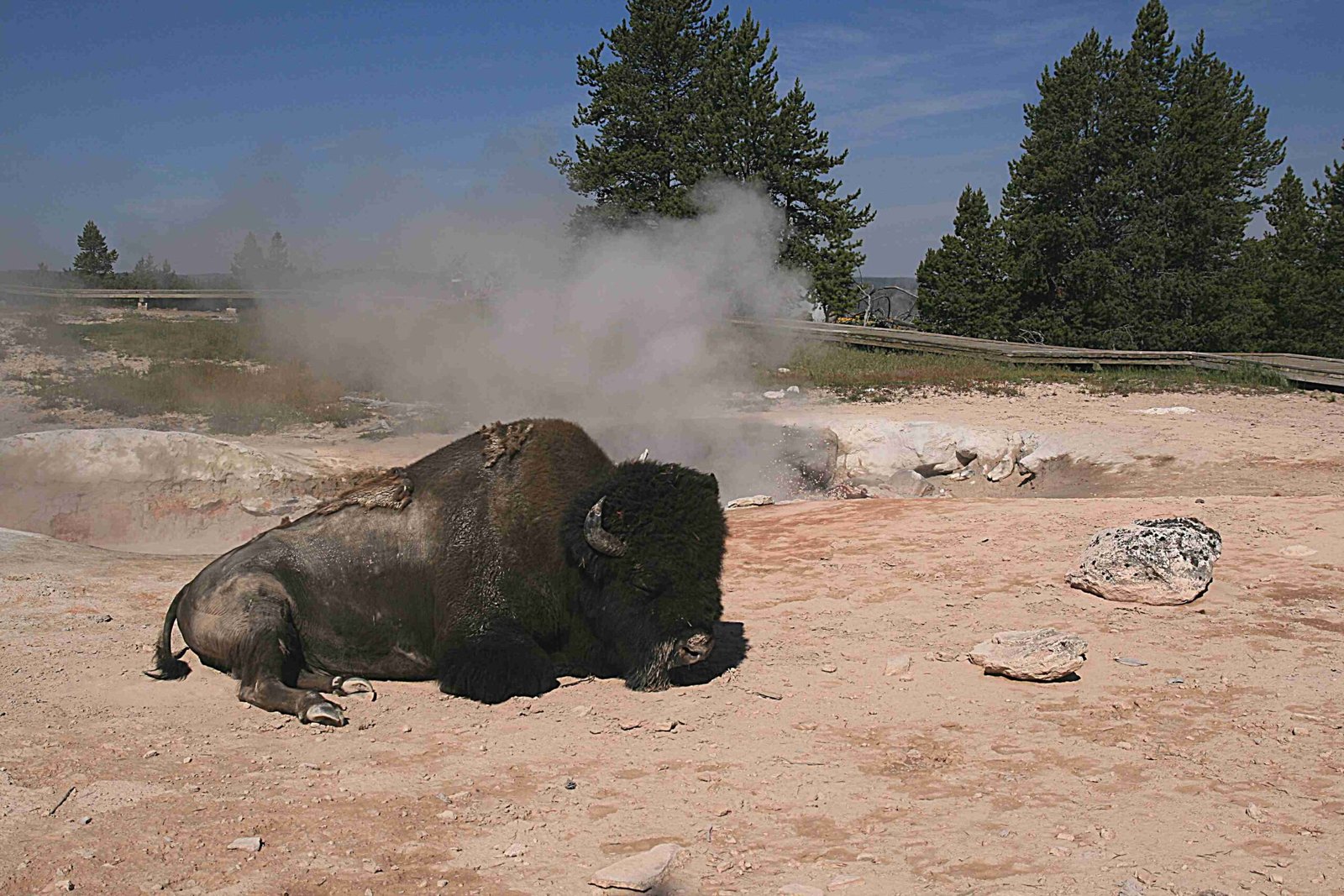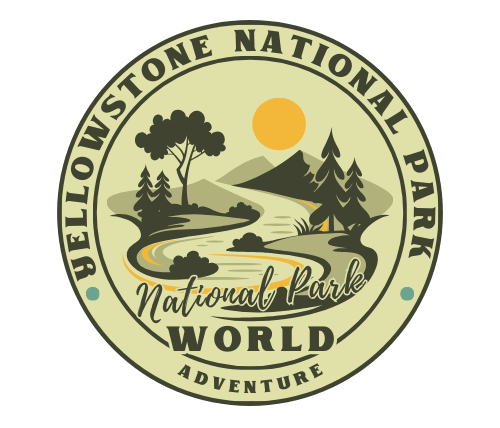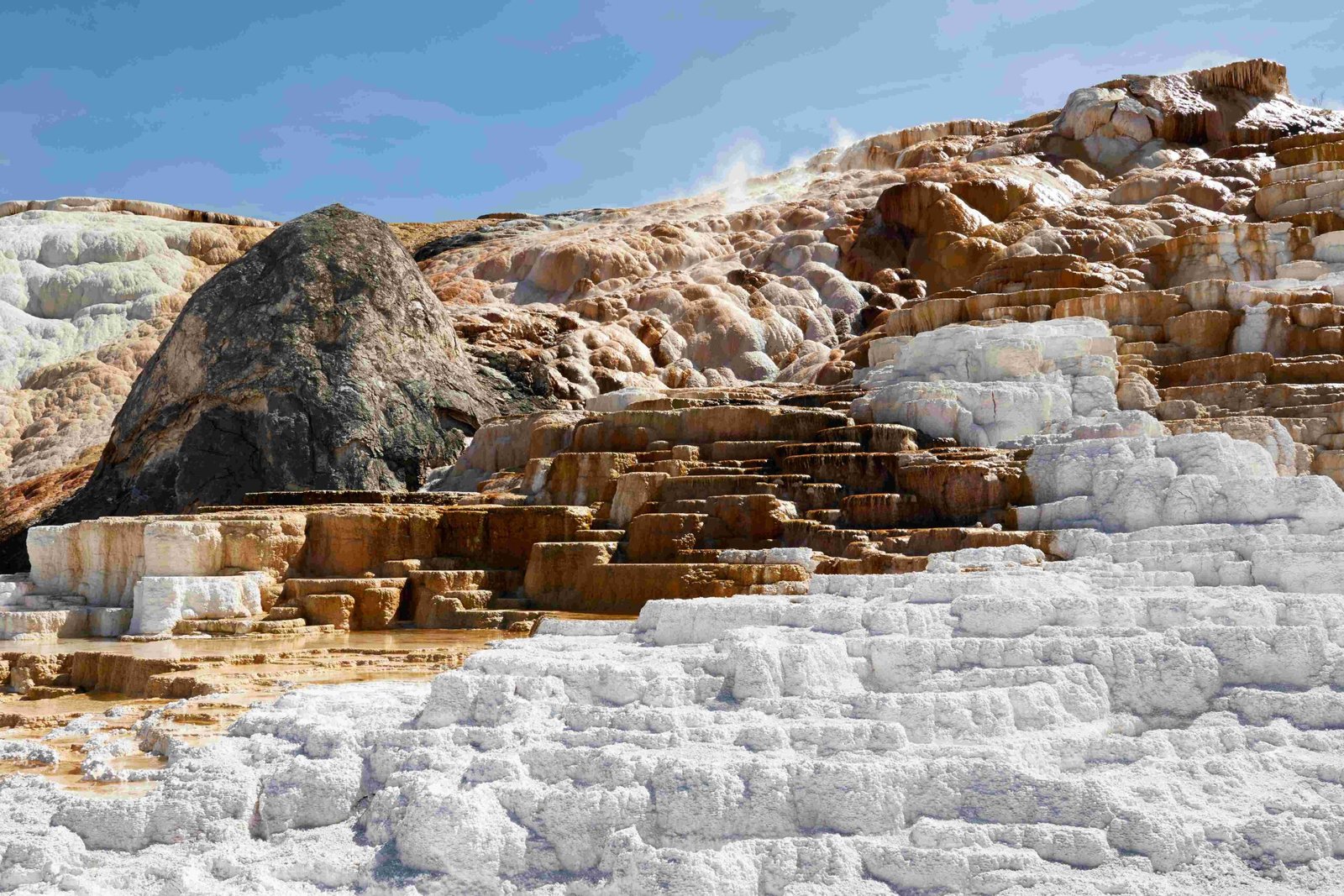Yellowstone National Park, home to a supervolcano, has long fascinated and concerned scientists and the public alike. The park’s volcanic activity, while a source of its unique geothermal features, also poses potential risks. This article explores the current scientific assessments, hazard preparations, and visitor information related to the Yellowstone volcano risk, providing a comprehensive overview for both tourists and researchers.
What is the Current Volcanic Risk at Yellowstone National Park?

The Yellowstone supervolcano, while potentially catastrophic if it were to erupt, currently poses a low risk according to scientific assessments. Here are the key points to understand:
- Annual eruption probability is estimated at 0.001%, which may be an overestimate
- Major eruptions occur on average every 600,000 to 800,000 years
- The last major eruption was 631,000 years ago
- The magma chamber is only 5-15% molten, below the 35-50% threshold needed for a major eruption
- Current monitoring shows no signs of an impending eruption
This data suggests that while Yellowstone’s volcanic system is active, it is not currently showing signs of an imminent eruption.
How Do Scientists Monitor Yellowstone’s Volcanic Activity?

Scientists employ a variety of methods to monitor Yellowstone’s volcanic activity:
- Seismic monitoring: Tracking earthquakes and ground movements
- Ground deformation measurements: Using GPS and satellite data to detect changes in land surface
- Gas emissions analysis: Monitoring changes in gas composition and volume
- Temperature measurements: Tracking changes in geothermal features
The Yellowstone Volcano Observatory (YVO) and the U.S. Geological Survey (USGS) continuously collect and analyze this data to assess the volcano’s status.
What Would Be the Impact of a Major Yellowstone Eruption?
While a major eruption is currently unlikely, understanding its potential impact is crucial:
- Global climate cooling for up to a decade or more
- Significant disruption to agricultural production worldwide
- Severe effects on the immediate area around Yellowstone:
- Pyroclastic flows
- Deep ash deposits
- Ash fall across large parts of North America:
- Several hundred kilometers: Deep ash deposits
- Mainland US: Significant ash fall
| Distance from Yellowstone | Potential Impact |
|---|---|
| Immediate area | Severe (pyroclastic flows, deep ash) |
| Several hundred km | Deep ash deposits |
| Mainland US | Significant ash fall |
What Emergency Response Plans Are in Place?
While detailed emergency response plans are not publicly available, key elements include:
- Continuous monitoring by YVO and USGS
- Coordination with local and national authorities
- Potential evacuation plans for affected areas
- Public communication strategies
These plans would be activated in the event of increased volcanic activity.
How Can Visitors Learn About Yellowstone’s Volcanic Features?
Yellowstone National Park offers several resources for visitors interested in its volcanic and geothermal features:
- Educational materials:
- Yellowstone National Park website
- Visitor center exhibits
-
Informational brochures
-
Ranger-led programs:
- Guided tours of geothermal areas
-
Educational talks on park geology
-
Safety information:
- Guidelines for visiting geothermal areas
- Updates on area closures or warnings
What Transportation Options Are Available for Accessing Geothermal Areas?
Visitors can access Yellowstone’s geothermal areas through various means:
- Park roads: Personal vehicles or rental cars
- Shuttle services: Operated within the park
- Guided tours: Focusing on geothermal features
- Hiking trails: For more remote geothermal areas
Costs typically include park entrance fees and any additional tour or shuttle fees. Schedules and pricing information are available on the Yellowstone National Park website or at park visitor centers.
How Does Yellowstone Balance Tourism with Volcanic Risk Management?
Yellowstone National Park employs several strategies to balance tourism with volcanic risk management:
- Visitor education: Providing information on volcanic features and potential risks
- Controlled access: Designating safe viewing areas for geothermal features
- Monitoring and closure: Closing areas with increased activity when necessary
- Emergency preparedness: Training staff in emergency procedures
This approach allows visitors to experience the park’s unique features while maintaining safety standards.
In conclusion, while the Yellowstone supervolcano presents a fascinating geological phenomenon, current scientific assessments indicate a low risk of imminent eruption. The park’s management strategies and educational resources allow visitors to safely explore and understand this unique volcanic landscape.
References:
1. https://buckrail.com/explainer-when-will-ynp-erupt-next/
2. https://geographical.co.uk/science-environment/geo-explainer-will-the-yellowstone-caldera-erupt
3. https://www.iflscience.com/yellowstone-supervolcano-is-an-eruption-really-overdue-74146

